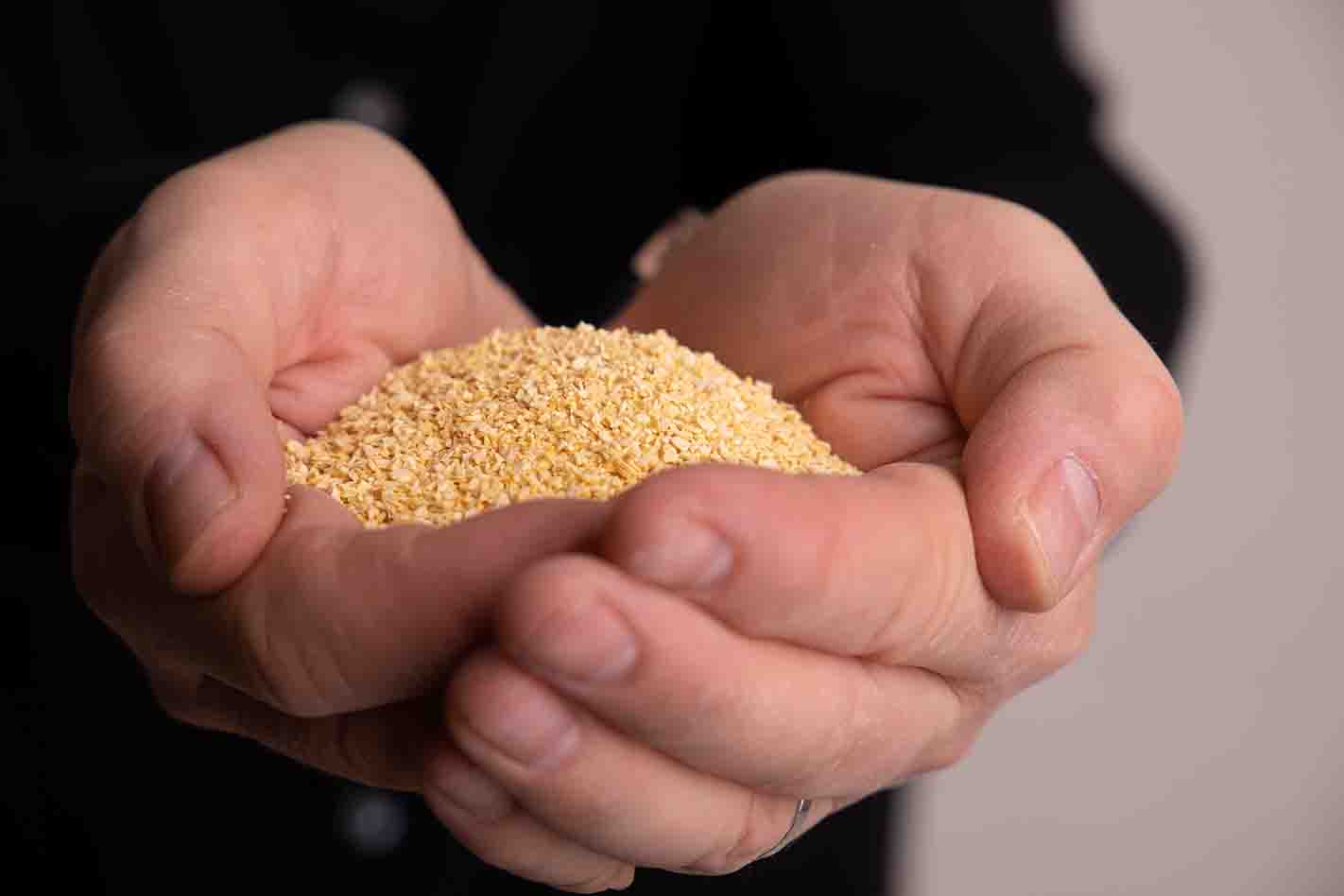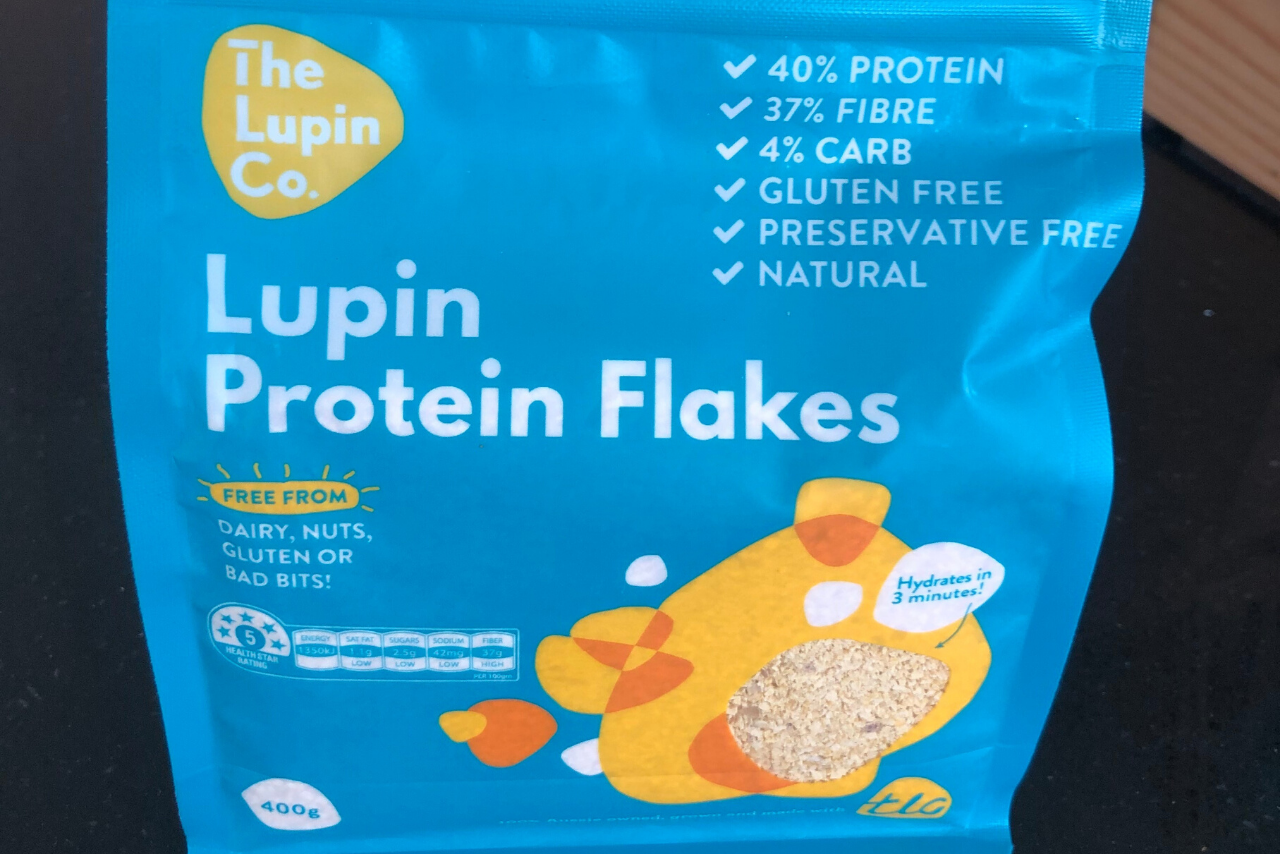
We often get asked how we make our delicious, nutrient-packed lupin flakes. So, here is the lowdown of just how we do it.
Our TLC Lupin Protein Flakes are made for us by our partners in Australia using a natural and bespoke process. There are no additives, no preservatives, roasting, boiling or salting involved in the process. So, here is how we turn the humble lupin bean into our protein-packed lupin flakes.
Our starting point is single-origin lupin beans. These are grown in 1000-acre paddocks, planted with row after row of Australian Sweet Lupin plants. Each season, we harvest the lupin before any other crops, to ensure that the equipment we use is free of contamination with other kinds of grain or seeds. Because of this action, our product can be certified 100% gluten-free.
We harvest the crop, and then the beans are temporarily stored in giant silos. Next, we sort the beans for size. We want the best and largest beans with a diameter of at least 4.5mm. Using a succession of cylindrical drums, rotating at different speeds and different angles, any material we don't want is removed. As well as beans that are too small, we remove stalks, leaves, pods and the odd insect. This process is called aspiration.
Following this, we transport the beans from the farm to the factory in 65-tonne trucks. These trucks are only used for grains and beans and are thoroughly washed before we use them, to remove any traces of other grains or oilseeds. Whilst we offload the beans, they are quality-checked too.
Next, we put the beans into a different set of silos which are used exclusively for lupins. Again, this is to prevent cross-contamination. The silos are sealed top and bottom with a mechanical hatch system. Temperature changes can result in expansion or contraction of the air inside the silos. They also feature something called an airlock valve that lets air out, without letting any pests in. This airspace between the beans helps to preserve their quality and ensure long shelf life.
We now fire up the milling equipment that initially removes the bean's outer shell, otherwise known as the husk. The part we want is called the cotyledon, the tasty bit in the middle of the bean. After the husk is removed, the bean is split and looks a bit like a split pea that you might use for making soup or curry. We then use cameras to check the colour of each half bean. This is how our lupin flakes are consistently golden/yellow. Any other colours are rejected, and we can analyse fragments as tiny as a grain of salt.
We then reduce the size of the bean parts with a delicate process that repeatedly splits each piece until we get the size we want for the lupin flakes. We use wheels and drums turning very slowly and at ambient temperatures to not affect any the quality of the protein. The pieces are reduced from 5-7mm down to 2-3mm. At this stage, we call the pieces kibble.
Finally, we put the kibble through special rollers which pinch the pieces into flakes. The entire process is dry. No water, no heat, no roasting, no salt. Just 100% natural.
The flakes are then put into packs and are delivered straight to you.




